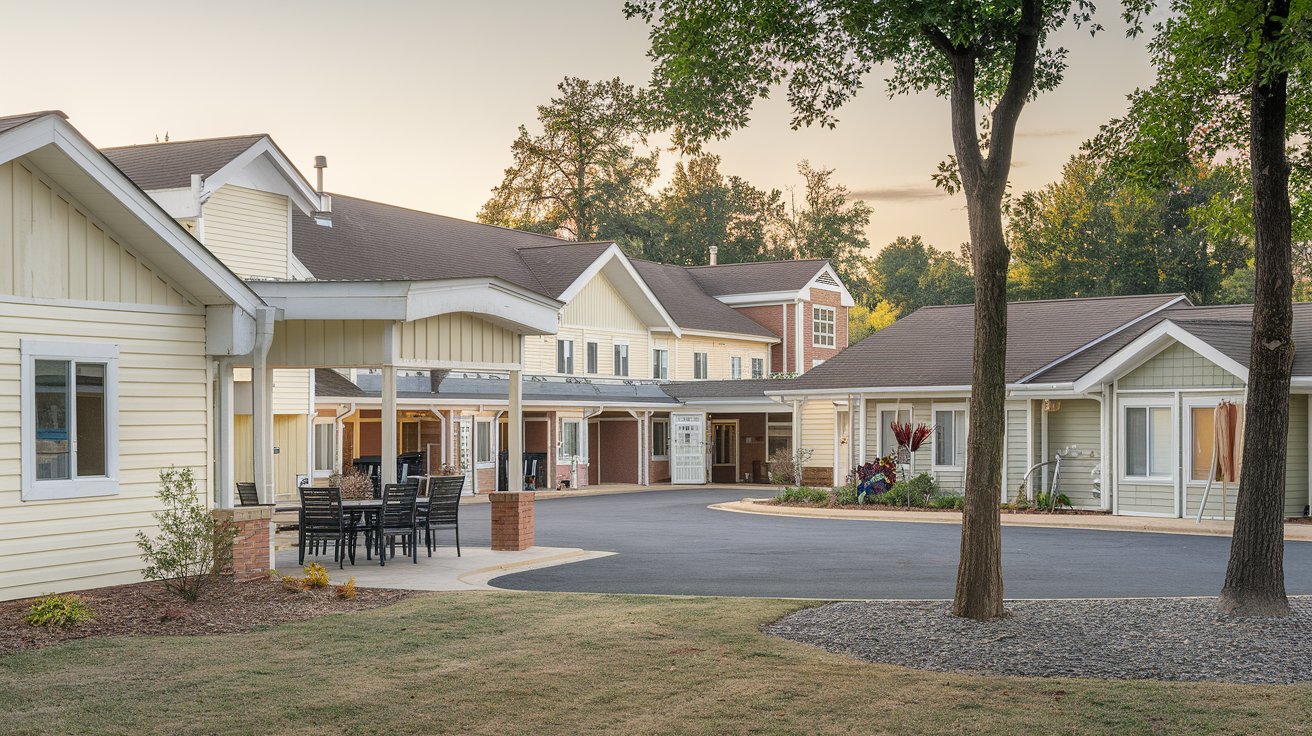Assisted living facilities provide support to seniors who need help with daily activities while maintaining some level of independence. Among the various levels of care, the lowest level of assisted living is designed for individuals requiring minimal assistance and supervision. This article explains what low-level assisted living entails, who it is suitable for, the services provided, and how it differs from higher levels of care.
Understanding Tiered Levels of Care in Assisted Living
Assisted living communities typically offer tiered levels of care, ranging from basic support for relatively independent seniors to comprehensive care for those with significant health or mobility challenges.
The lowest level of assisted living, often called “basic care” or “level one care,” is tailored for seniors who are mostly independent but occasionally require support with specific tasks.
Who is a Good Fit for the Lowest Level of Assisted Living?
This level of care is best suited for seniors who:
- Are Largely Independent:
They can perform most daily activities but may need occasional help with tasks like housekeeping or transportation. - Have Minimal Medical Needs:
Their health can be managed with minimal medical intervention, without the need for full-time care. - Prefer a Social Environment:
They seek the companionship and amenities of a community setting rather than living in isolation. - Value Peace of Mind:
Families often choose this option for loved ones who need a safety net in case of emergencies.
Services Provided at the Lowest Level of Assisted Living
Facilities offering the lowest level of care provide basic services, including:
1. Assistance with Daily Living Activities (ADLs):
- Light housekeeping
- Laundry services
- Meal preparation or access to communal dining
- Occasional help with dressing or personal grooming
2. Social Events and Community Engagement:
- Group outings, exercise classes, and recreational activities
- Opportunities to foster friendships and reduce isolation
3. Safety and Supervision:
- Emergency response systems, such as call buttons and pull cords
- 24/7 availability of staff for basic monitoring and support
4. Transportation Services:
- Scheduled transportation for errands, medical appointments, and social outings
5. Limited Healthcare Support:
- Medication reminders and basic health monitoring
- Access to healthcare providers on an as-needed basis
How It Differs From Higher Levels of Care
The key difference lies in the intensity and scope of care provided.
| Aspect | Lowest Level | Higher Levels |
|---|---|---|
| Medical Needs | Self-managed with minimal oversight | Medication administration, physical therapy, or wound care |
| Daily Assistance | Occasional help with tasks | Around-the-clock support for activities like bathing and eating |
| Cognitive Support | Independent decision-making | Specialized memory care for dementia or Alzheimer’s patients |
| Living Arrangements | Private or semi-private apartments | Rooms closer to caregivers for those needing constant supervision |
Benefits of the Lowest Level of Assisted Living
The lowest level of assisted living provides several advantages to both seniors and their families:
- Promotes Independence:
Seniors maintain autonomy while having access to occasional support. - Cost-Effective:
This is often the most budget-friendly level of assisted living, with costs ranging between $2,500 and $4,000 per month. - Encourages Socialization:
Residents benefit from social activities and a sense of community. - Ensures Safety:
Emergency response systems and minimal supervision provide peace of mind for families. - Adaptable Care:
Many facilities allow residents to transition to higher levels of care as their needs evolve.
Factors to Consider When Choosing the Lowest Level of Assisted Living
Families should evaluate the following factors to ensure this level of care is the right fit:
- Current Needs:
Assess the senior’s independence, health, and daily living capabilities. - Future Needs:
Consider whether the facility can accommodate higher levels of care if necessary. - Budget:
Compare costs across facilities and determine which services are included. - Amenities and Environment:
Look for features like recreational programs, comfortable accommodations, and dining options. - Location:
Proximity to family members and healthcare providers can influence your choice.
Cost of the Lowest Level of Assisted Living
The cost of the lowest level of assisted living varies based on location, amenities, and services provided. On average, it ranges between $2,500 and $4,000 per month. Families should also inquire about additional fees for optional services like meal plans, transportation, or special activities.
Transitioning to Assisted Living: Preparing Your Loved One
Moving to an assisted living facility is a significant life change. These tips can ease the transition:
- Involve Your Loved One:
Engage them in the decision-making process to make them feel included and comfortable. - Visit Facilities Together:
Touring potential options can help alleviate concerns and ensure the best choice. - Highlight the Benefits:
Emphasize the positive aspects, such as increased social opportunities and access to support. - Personalize Their Space:
Bring familiar belongings to make their new living area feel like home. - Stay Connected:
Regular visits and communication help them adapt to their new environment.
Conclusion
The lowest level of assisted living strikes the perfect balance for seniors who value their independence but need occasional support. It offers a safe, comfortable, and social environment while providing peace of mind for families.
Understanding the services and benefits of this care level can help families make informed decisions for their loved ones’ well-being. If you’re considering assisted living, exploring local facilities is the first step toward ensuring a better quality of life for your loved one.
